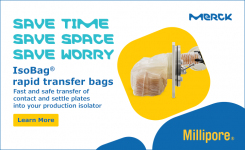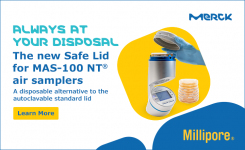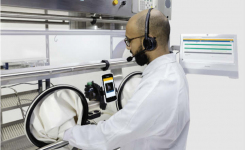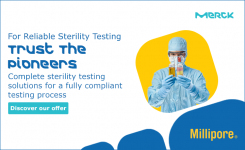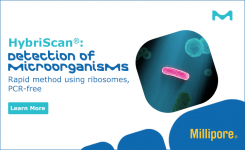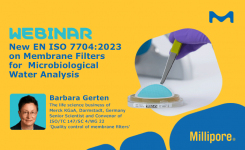Food Poisoning from Campylobacter spp.
Unsafe food leading to foodborne illness have a significant burden on society. Campylobacter spp. are one of the key diarrheal disease-causing pathogens with millions of cases worldwide each year. Campylobacter spp. are Gram-negative, spiral-shaped, microaerophilic bacteria. The Campylobacter genus comprises 17 species, of which C. jejuni is the most predominant cause of infections, followed by C. coli and other thermotolerant Campylobacter species. Campylobacter species are highly infective, for example, the infective dose of C. jejuni ranges from approximately 500 to 10,000 bacterial cells.
Campylobacteriosis Transmission
Campylobacteriosis is a foodborne disease which causes diarrhea (often bloody), fever, and abdominal cramps. Symptoms usually appear 2-5 days following infection but can take as long as 10 days. It can be spread from eating contaminated food, particularly fresh or frozen poultry, minced meat, unpasteurized milk or untreated water and most human campylobacteriosis infections arise from contaminated chicken (e.g. from handling, preparation and consumption). Campylobacter can survive a few weeks to months at 4°C at reduced oxygen conditions, but only for a few days at 20°C.
Prevention of Campylobacter Infection
Improvements to sanitary conditions in farms and slaughterhouses will help prevent the spread on this disease, and careful hygiene throughout food handling is also important to prevent cross-contamination to other foods.
To help ensure the safety of consumers, there are a number of regulations in place for the testing of Campylobacter spp. in foodstuffs. For example, in the EU, it is now mandatory to carry out quantitative Campylobacter spp. tests of broiler chicken carcasses after chilling.
Cultivation Conditions
Due to the microaerophilic nature of Campylobacter, conditions of roughly 5% oxygen and 10% Carbon dioxide are preferable for culturing, so controlled incubators or gastight jars are required. The optimum temperature for growth is 42°C.
Culture Media for Campylobacter Detection
Culture media and antibiotic supplements vary depending on the test method being followed. Currently, there is no generally accepted standard method for the isolation of Campylobacter from food samples. Reference methods have been developed by organizations such as ISO, FDA-BAM and USDA-FSIS along with other country-specific regulations.
Based on the required method, there may be a pre-enrichment step, an enrichment step or simply direct plating out. Enrichment media to be used tend to be Bolton or Preston broth, but the formulation also depends on the method followed.
Recognition of Campylobacter colonies requires experience as appearance can vary from strain to strain AND even from batch to batch of selective culture media.
For guidance on each method along with the appropriate media to use (pre-enrichment, enrichment and isolation media), discover our 20-minute talk on the detection and enumeration of Campylobacter spp. in food and environmental samples according to international standards.










